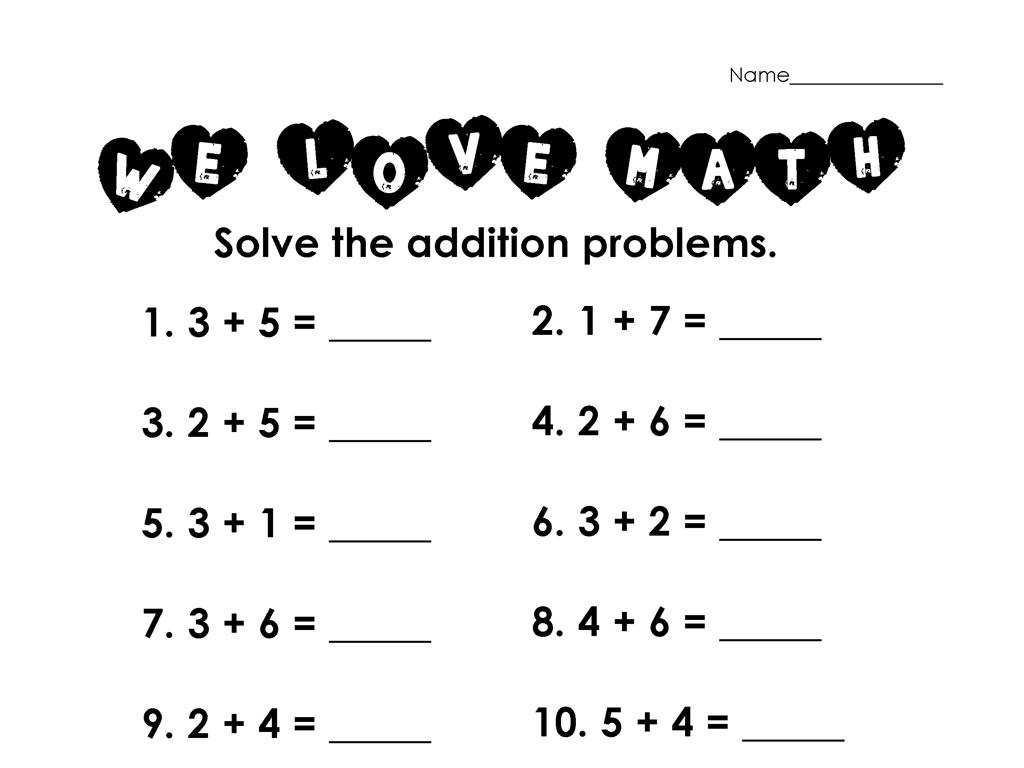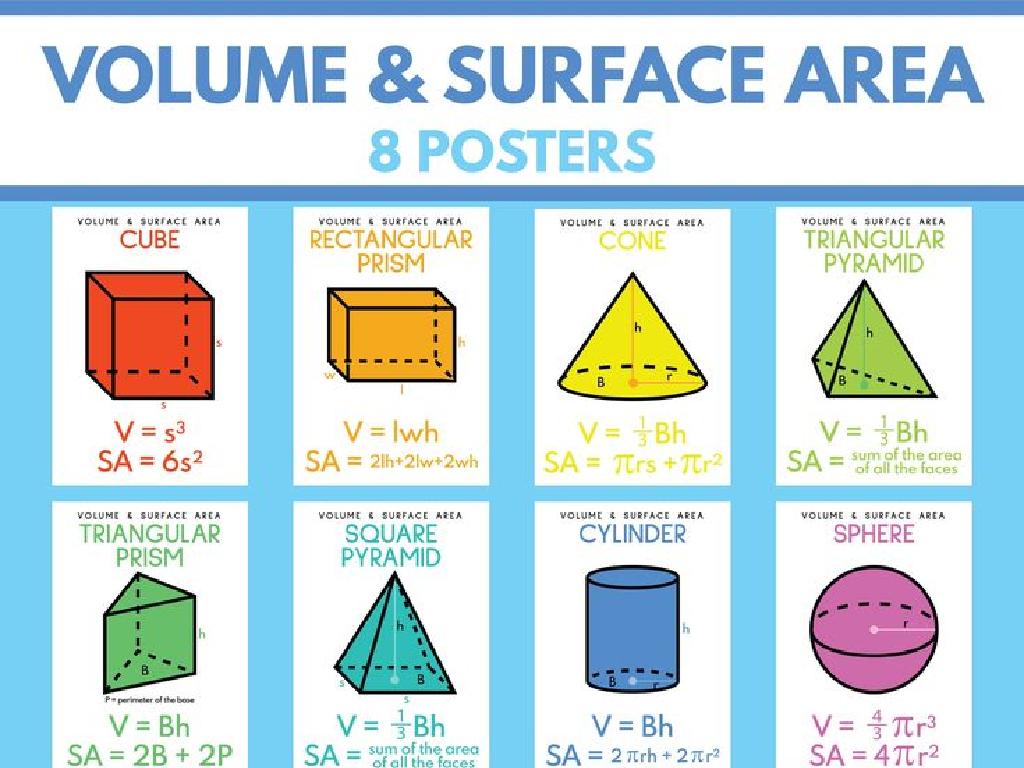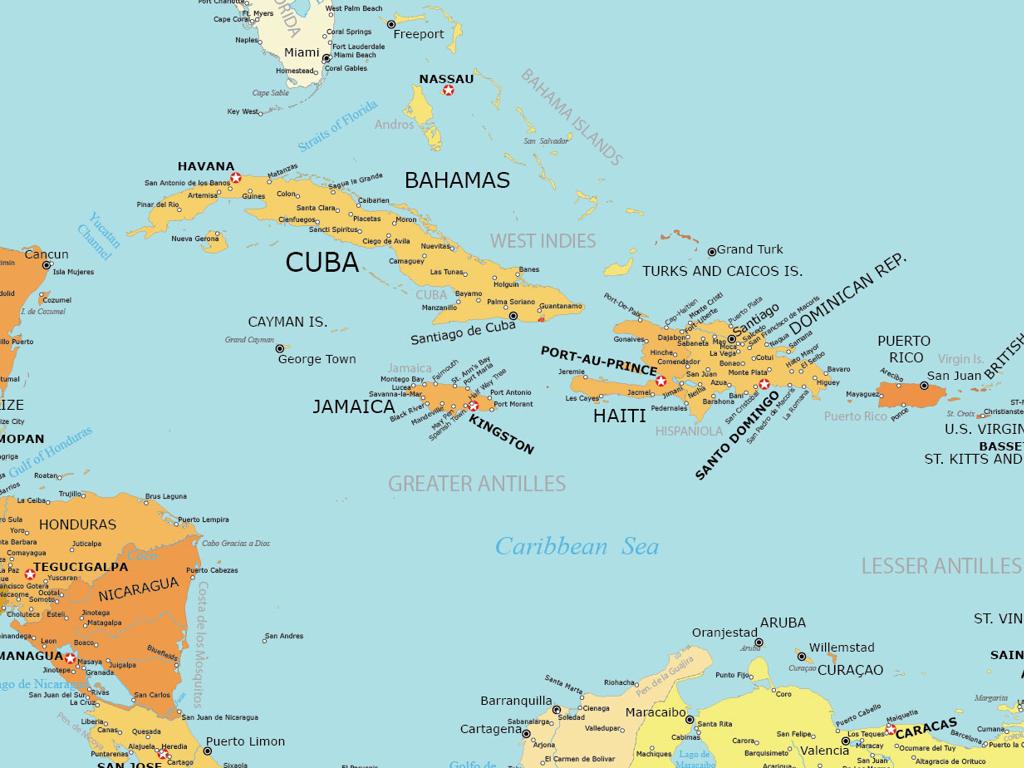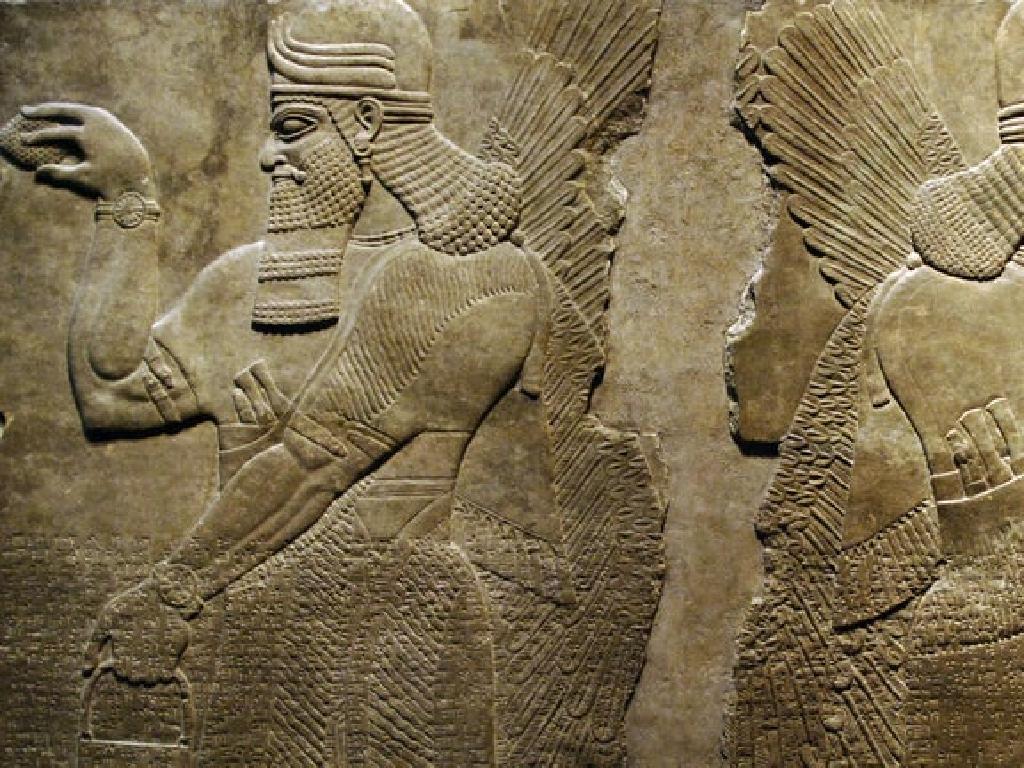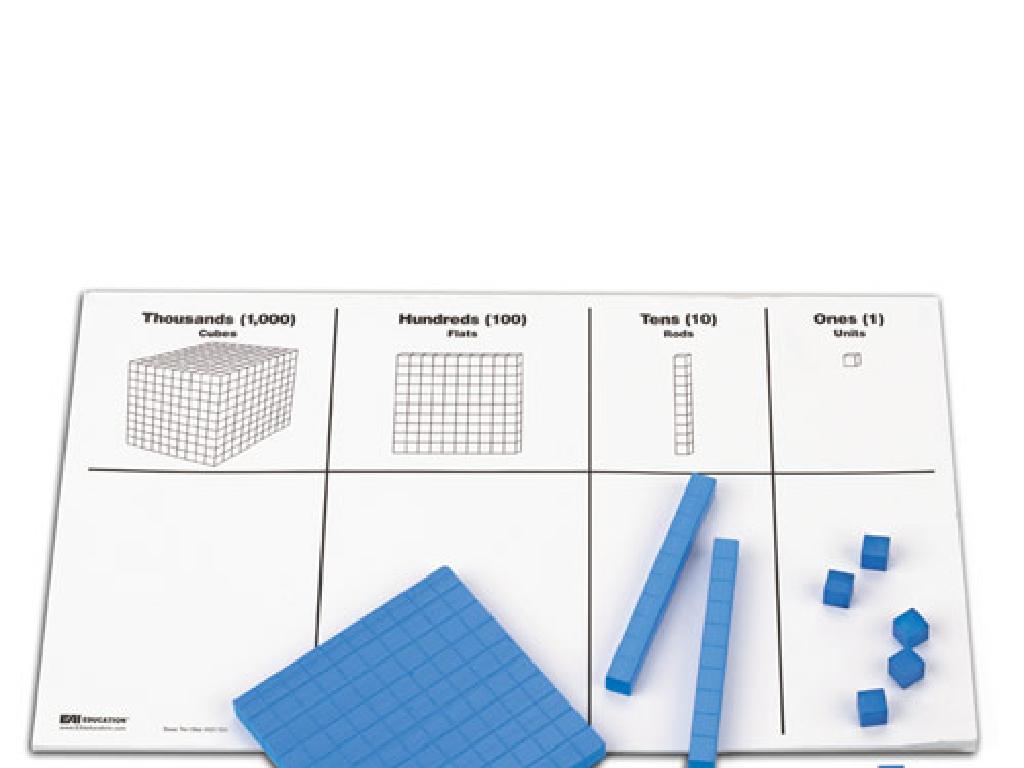Which Metric Unit Of Weight Is Appropriate?
Subject: Math
Grade: Third grade
Topic: Metric Units Of Measurement
Please LOG IN to download the presentation. Access is available to registered users only.
View More Content
Exploring Metric Units of Weight
– What are metric units?
A system of measurement used around the world.
– Why use metric units?
For consistent, easy-to-share measurements.
– Examples: grams and kilograms
Grams for light objects, kilograms for heavy ones.
– Choosing the right unit
Use grams for a pencil, kilograms for a chair.
|
This slide introduces students to the concept of metric units, which are part of a decimal-based system of measurement used globally. Emphasize the importance of using metric units for standardization and ease of communication. Provide examples like grams for small items such as a paperclip and kilograms for larger items like a backpack. Encourage students to think about objects in their daily lives and what units they would use to measure their weight. This will help them understand when to use different metric units of weight appropriately.
Understanding Weight in Metric Units
– What is weight?
– Weight is how heavy something is.
– Weight vs. Mass
– Mass is how much matter is in an object, weight is the force gravity has on it.
– Common objects and weights
– A pencil weighs about a gram, while a textbook is about a kilogram.
– Choosing the right unit
|
This slide introduces the concept of weight and how it differs from mass, which is a common point of confusion for students. Weight is the measure of how heavy something is and is affected by gravity, while mass is the amount of matter in an object and remains constant regardless of location. Use everyday objects to give students a tangible understanding of different weights and the appropriate metric units to measure them. For example, a pencil can be used to represent a gram, and a textbook can represent a kilogram. Encourage students to think of other objects and what metric unit would be appropriate to measure their weight. This will help them grasp the concept of choosing the right metric unit for different items.
Understanding Metric Units for Weight
– Grams (g) for light objects
– A paperclip weighs about one gram
– Kilograms (kg) for heavy objects
– A textbook weighs about one kilogram
– Choosing the right metric unit
– Practice with real-life objects
– Let’s weigh items like fruits, books, and pencils
|
This slide introduces students to the concept of measuring weight using metric units, specifically grams and kilograms. Grams are suitable for light objects, such as a paperclip, while kilograms are used for heavier items, like a textbook. It’s crucial for students to understand how to choose the appropriate unit of measurement based on the object’s weight. To reinforce this concept, engage the class in hands-on activities where they can practice weighing different objects and deciding whether to measure in grams or kilograms. This practical application will help solidify their understanding of metric units for weight.
Choosing the Right Metric Unit for Weight
– Use grams for small or light items
– Like a pencil, a feather, or a paperclip
– Use kilograms for big or heavy items
– Such as a person, a dog, or a bicycle
– How to choose the best unit
– Think about the object’s size and compare it to things you know
|
This slide is aimed at helping third-grade students understand when to use grams versus kilograms in measuring weight. Grams are suitable for objects that are light, such as a pencil or a paperclip. Kilograms, on the other hand, are used for heavier items, like a person or a bicycle. To decide which unit to use, students should consider the size of the object and compare it to familiar items. For example, if the object is about as heavy as a few sheets of paper, grams would be the appropriate choice. If it’s closer to the weight of a textbook, kilograms would be better. Encourage students to ask themselves, ‘Would I weigh this item in my hand or on a big scale?’ to help them decide.
Exploring Metric Units of Weight
– Weigh classroom items together
– Use a scale to measure items like a pencil, book, or backpack
– Play ‘Grams or Kilograms?’ guessing game
– Guess if items are measured in grams or kilograms and check
– Solve practice weight problems
– Work on problems to decide the best metric unit for different objects
– Understand when to use grams or kilograms
|
This slide is designed for an interactive class activity to help students understand the concept of metric units of weight, specifically grams and kilograms. Start by weighing common classroom items and recording their weights. Introduce the guessing game where students guess whether items should be measured in grams or kilograms, then verify their guesses using a scale. Provide practice problems where students choose the appropriate unit of measurement for various objects. Emphasize the use of grams for light items and kilograms for heavier items. The activity will help solidify their understanding of when to use each unit and how to estimate weights.
Class Activity: The Weight Station
– Group activity setup
– Weigh different items
– Choose the right metric unit
– Is it grams, kilograms, or milligrams?
– Present findings to class
|
In this interactive group activity, students will engage with real objects to understand metric units of weight. Divide the class into small groups and provide a variety of items for them to weigh. Each group will use scales to measure the weight of their items and then decide whether to record the weight in grams, kilograms, or milligrams. After the activity, each group will share their items, the recorded weights, and the reasoning behind their choice of metric unit with the class. This will help students grasp the concept of appropriate unit selection based on the weight of an object. Possible items for the activity could include a pencil, a book, a backpack, and a water bottle. Teachers should ensure that the scales are calibrated and that students are clear on how to read them accurately.
Conclusion: Choosing the Right Metric Unit for Weight
– Recap: Metric units for weight
– Remember, grams for light objects, kilograms for heavy ones.
– Importance of the right unit
– Using the correct unit helps us communicate weights accurately.
– Quick quiz time!
– Test what you’ve learned with a fun quiz!
|
As we wrap up our lesson on metric units of weight, it’s crucial to review the key points. Remind the students that for lighter objects, we use grams, and for heavier ones, kilograms. Emphasize the importance of choosing the appropriate unit to ensure clear communication of weight measurements. To engage the students and assess their understanding, conduct a quick quiz. Ask questions like ‘Which unit would you use for a pencil: grams or kilograms?’ and ‘If you’re weighing a dog, would you use grams or kilograms?’ This interactive activity will help solidify their knowledge and prepare them for real-world applications.

